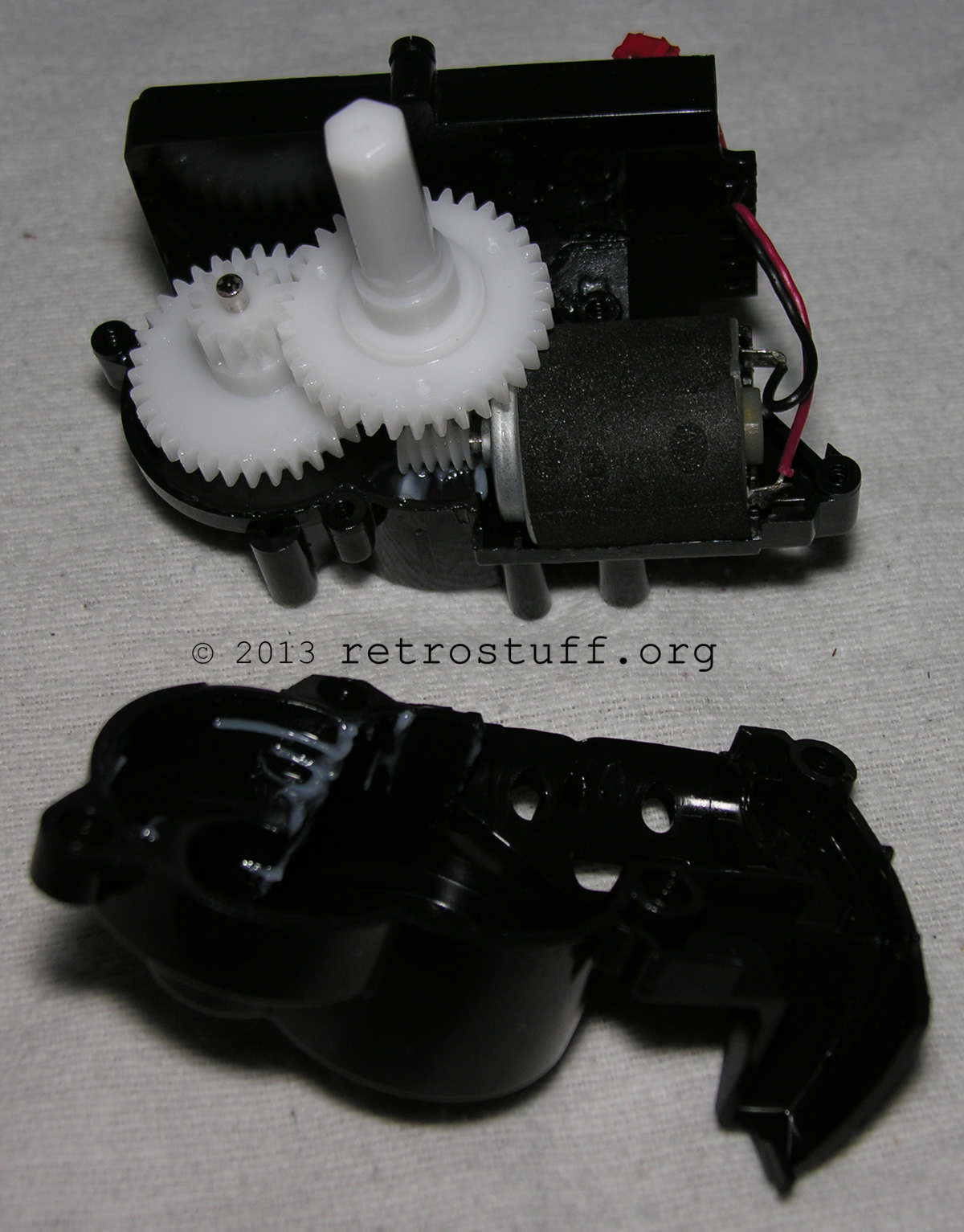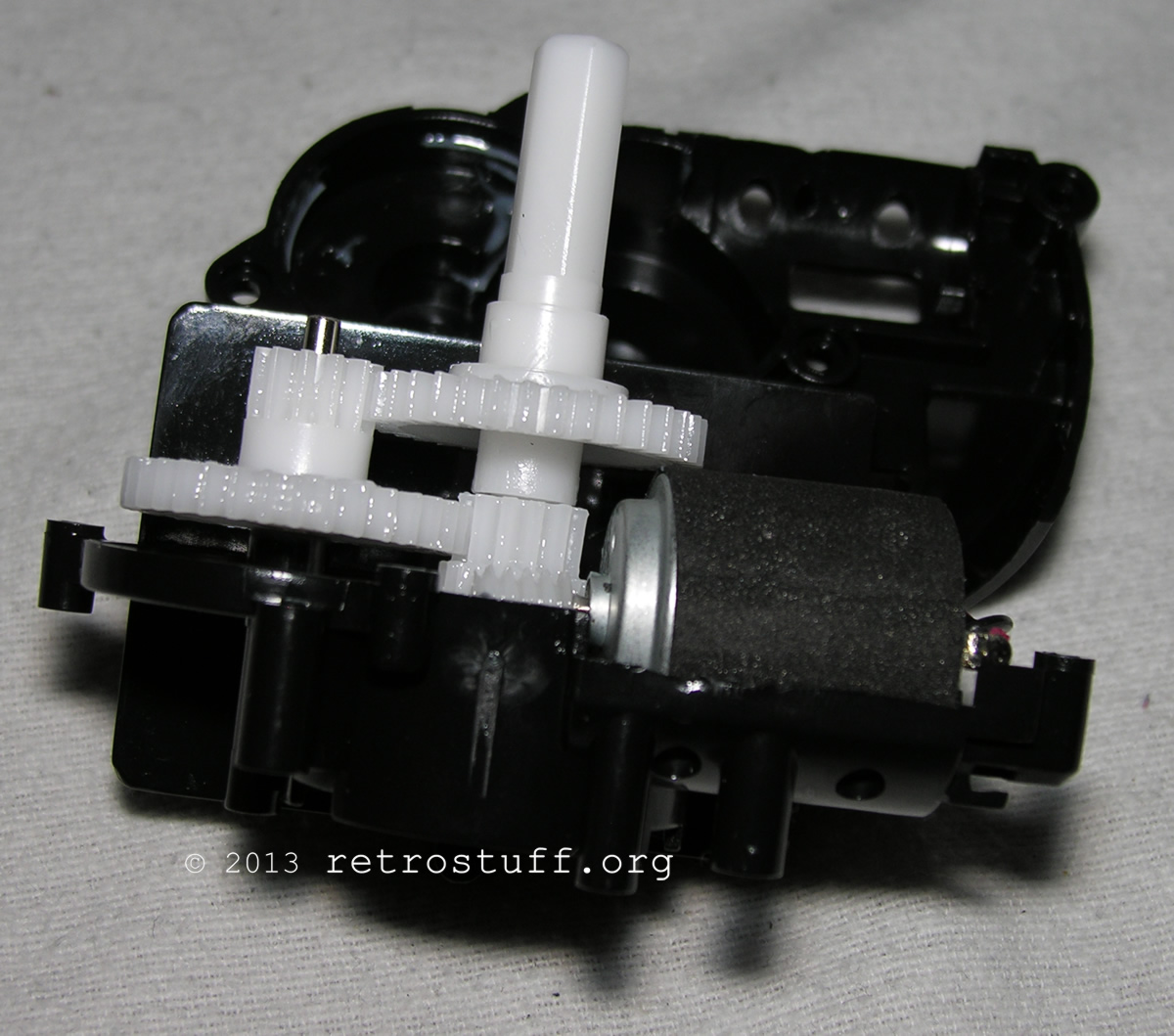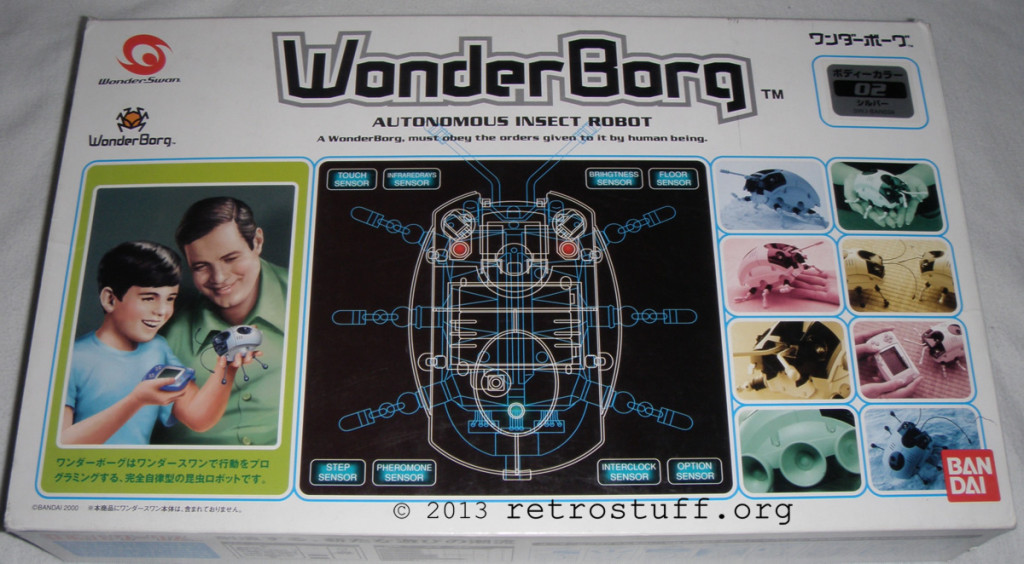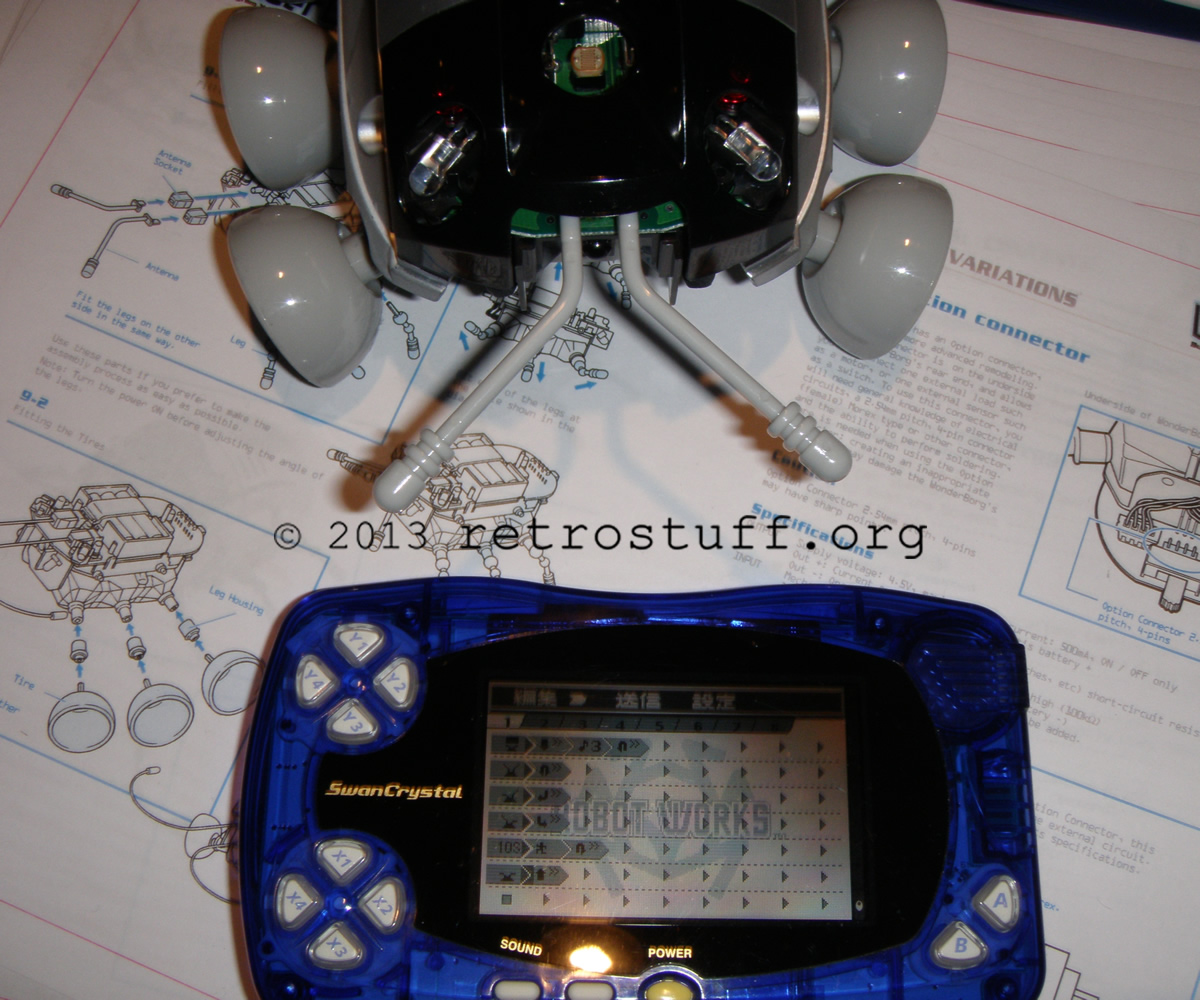Recently, I found an interesting cleaning device: The CCP Microfiber Mop Ball Mocoro. The internet is full of videos of it either cleaning or entertaining cats.
WonderBorg
Its movement and sounds instantly reminded me of the Bandai WonderBorg, a programmable robot for the Bandai WonderSwan (and Windows PC).
The WonderBorg has been released in different shapes and colours. According to the sticker, mine is flavour 02. With the included software RobotWorks and a WonderSwan/Color/Crystal, you can program the little robot after assembling it. Make sure to get version 1.5 of RobotWorks, as version 1.0 is Japanese only.
It has been a couple of years since I assembled my WonderBorg, and unfortunately, some of the pictures I took back then are blurry.
This is what’s in the box:
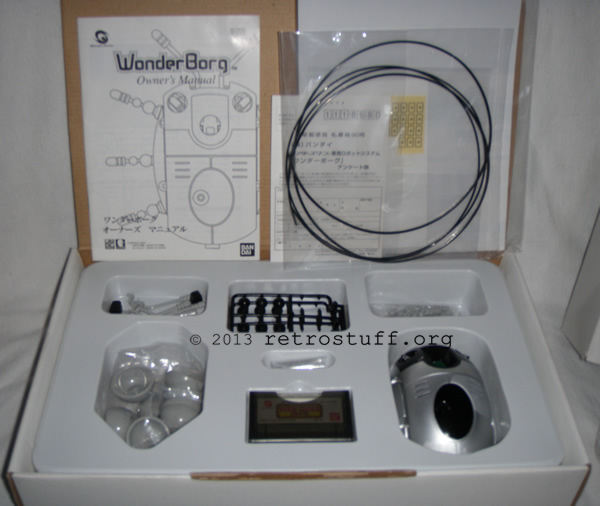
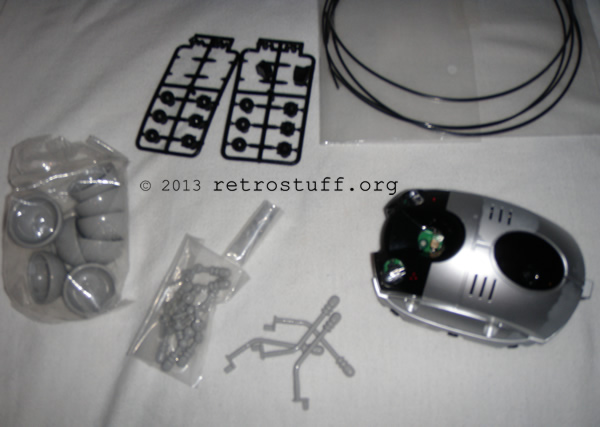
If you can’t read/understand the included Japanese manual then you can use the English manual for the Windows version for assembly instructions.
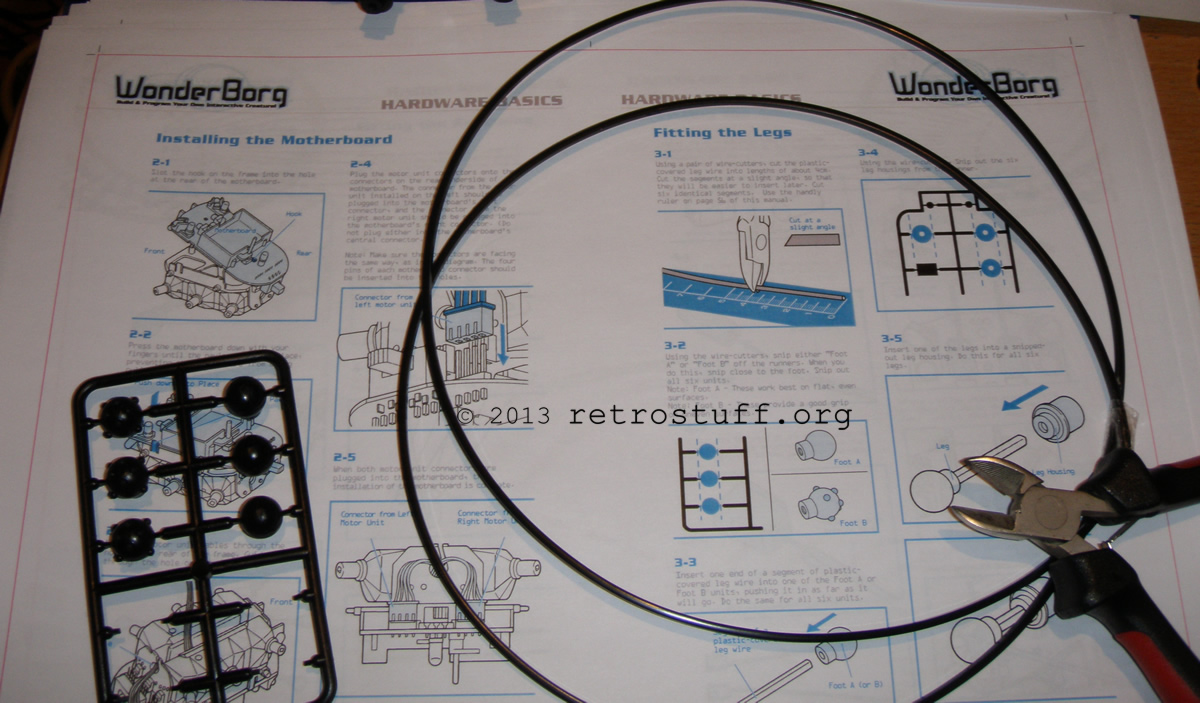
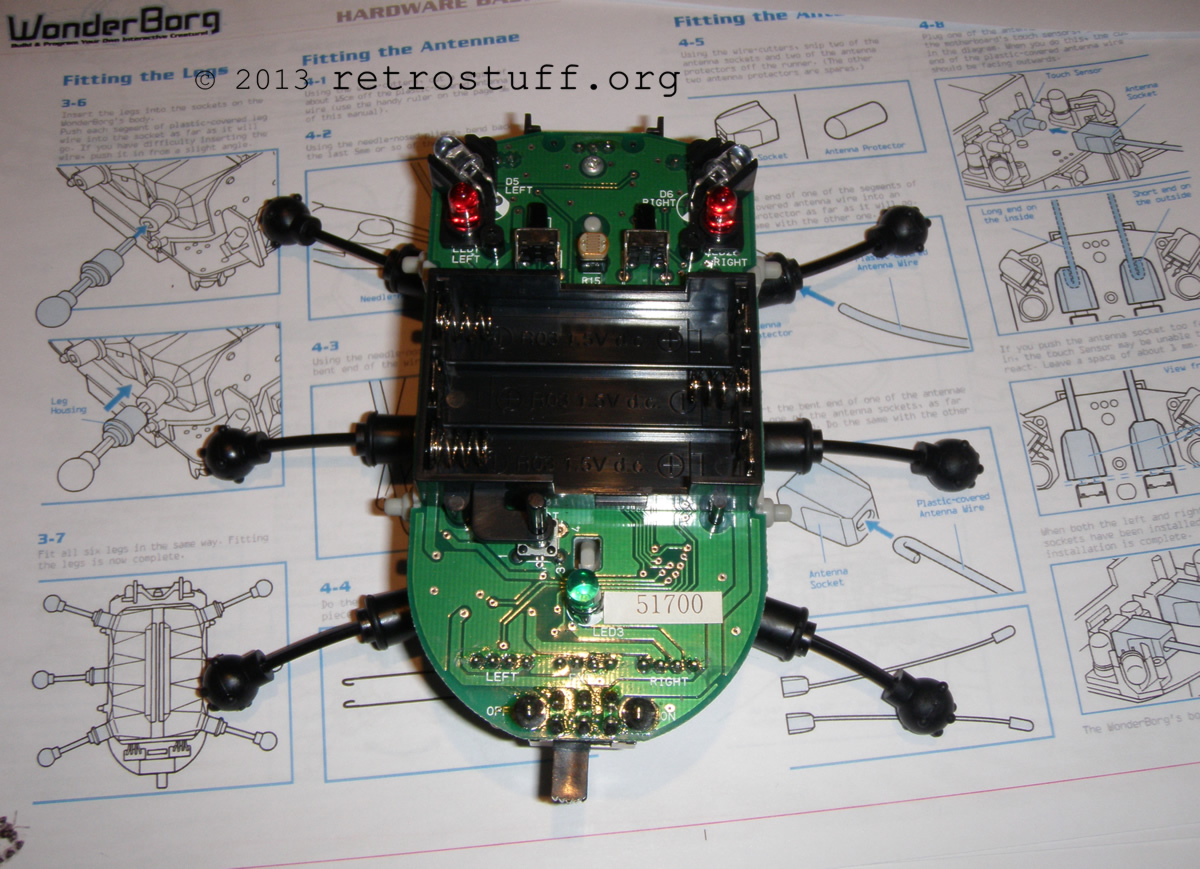

After WonderBorg took its first steps, I noticed that it constantly loses its wire legs and antennae – if it was moving or sensing at all. I replaced them with the included plastic wheels and antennae.
Mocoro
Even though the WonderBorg is eagerly trying to collect dust and dirt, it is no match for the Mocoro. Let’s see what is inside of it:
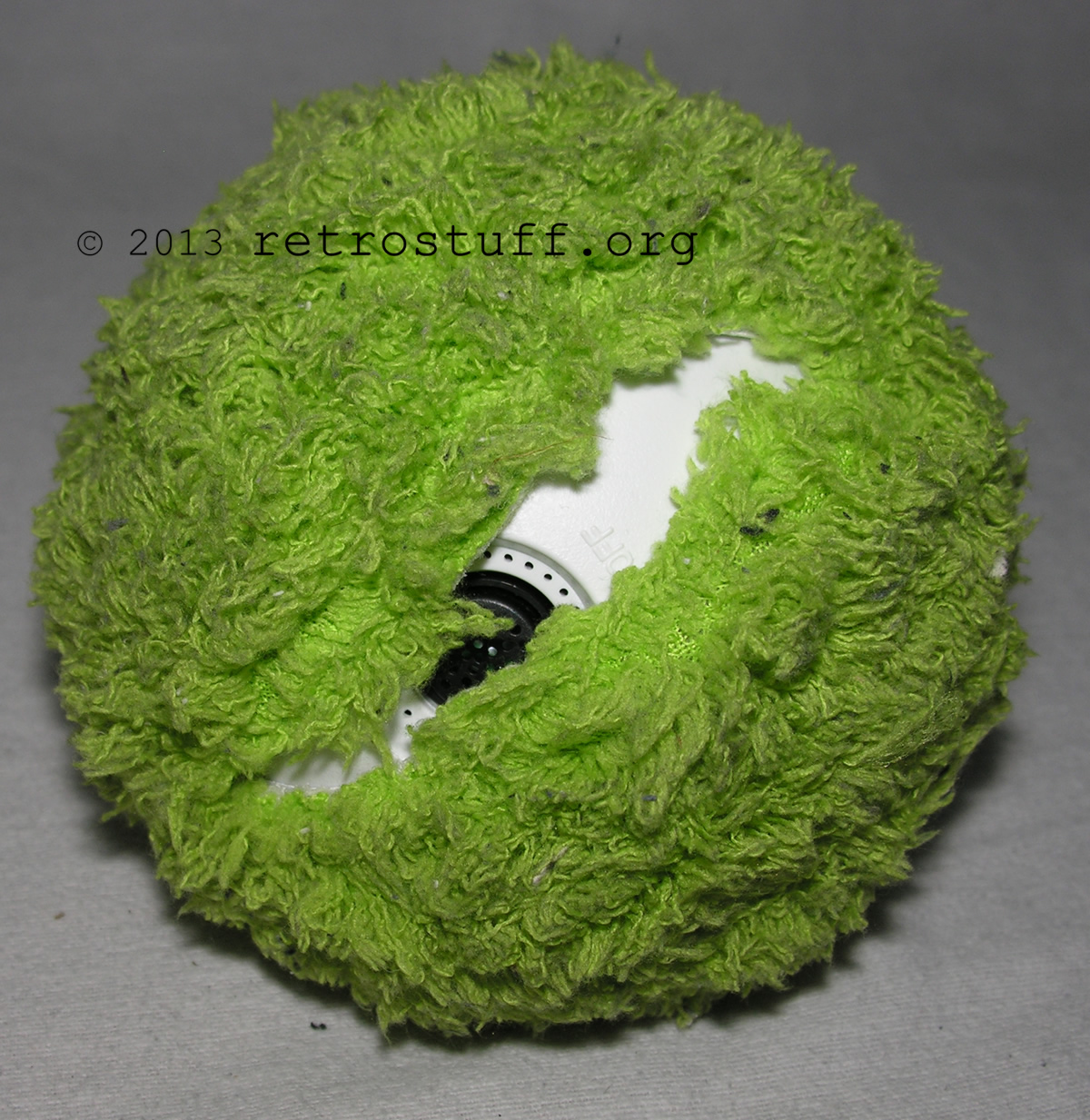
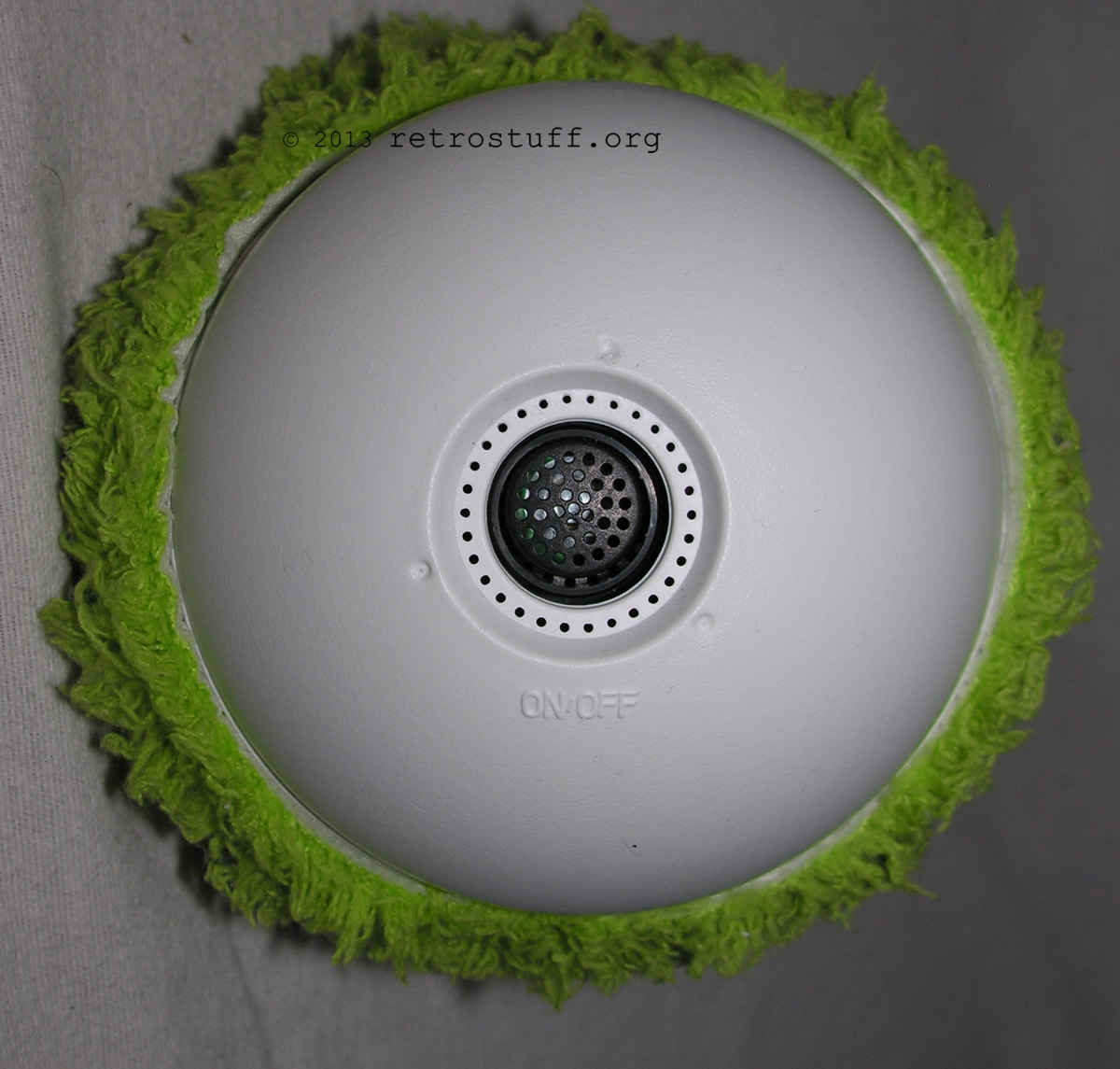
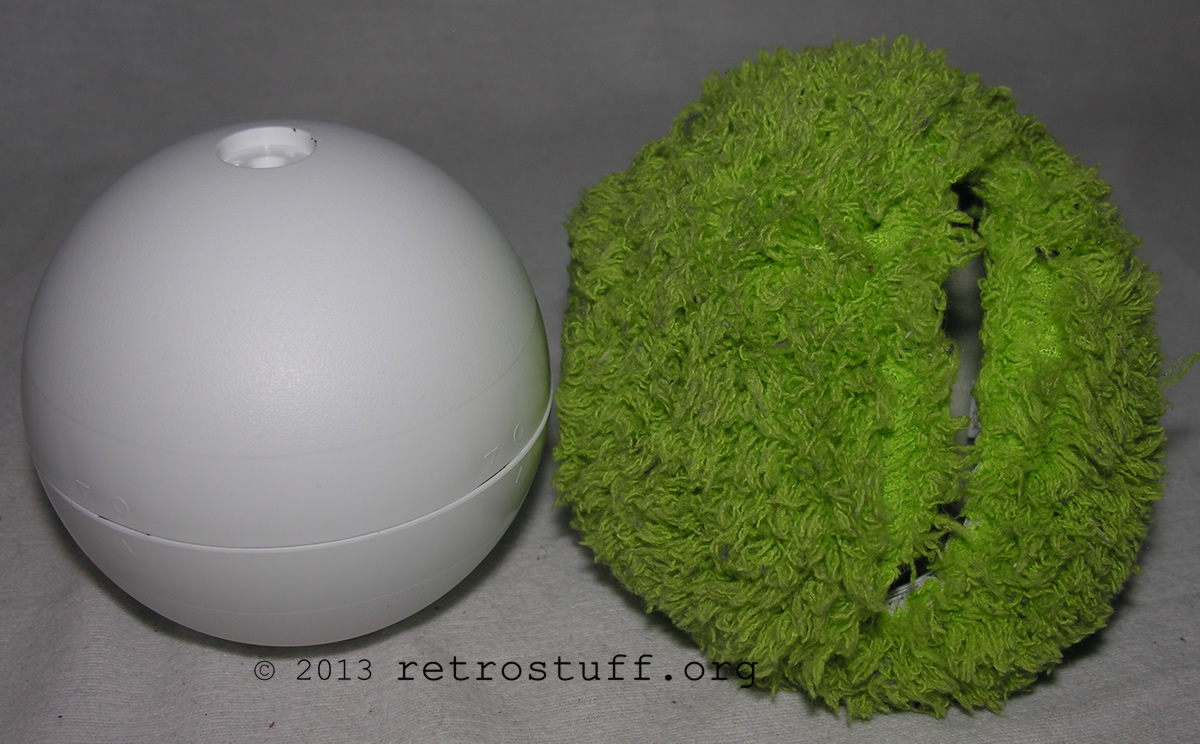
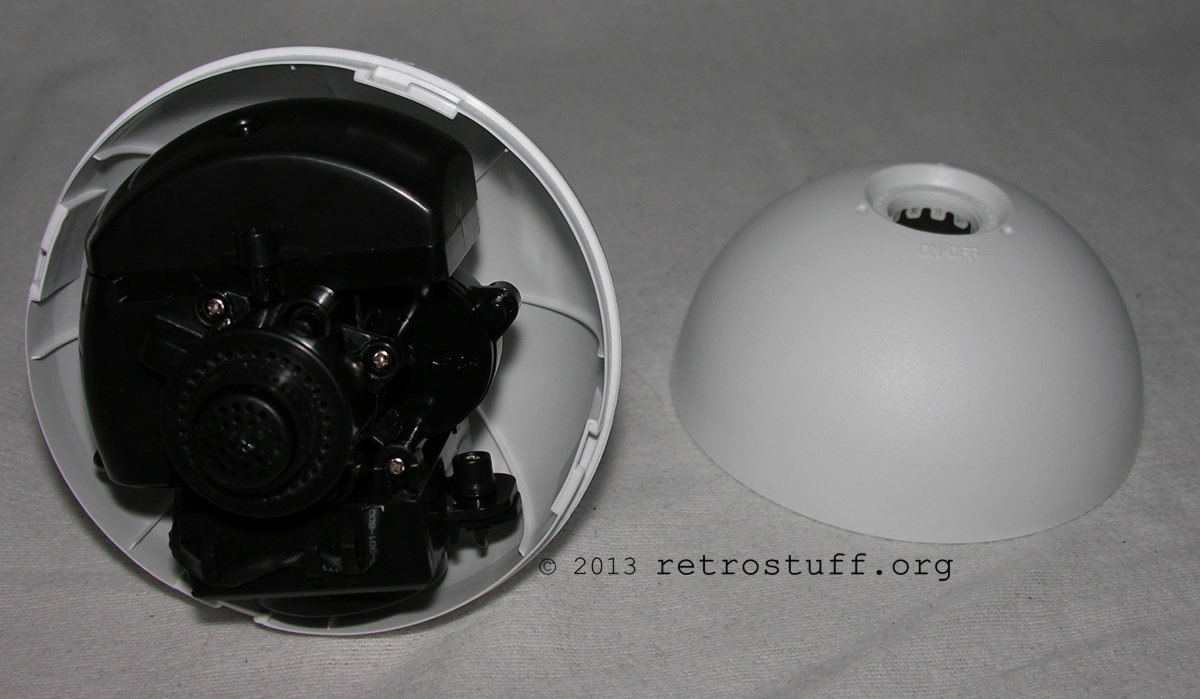
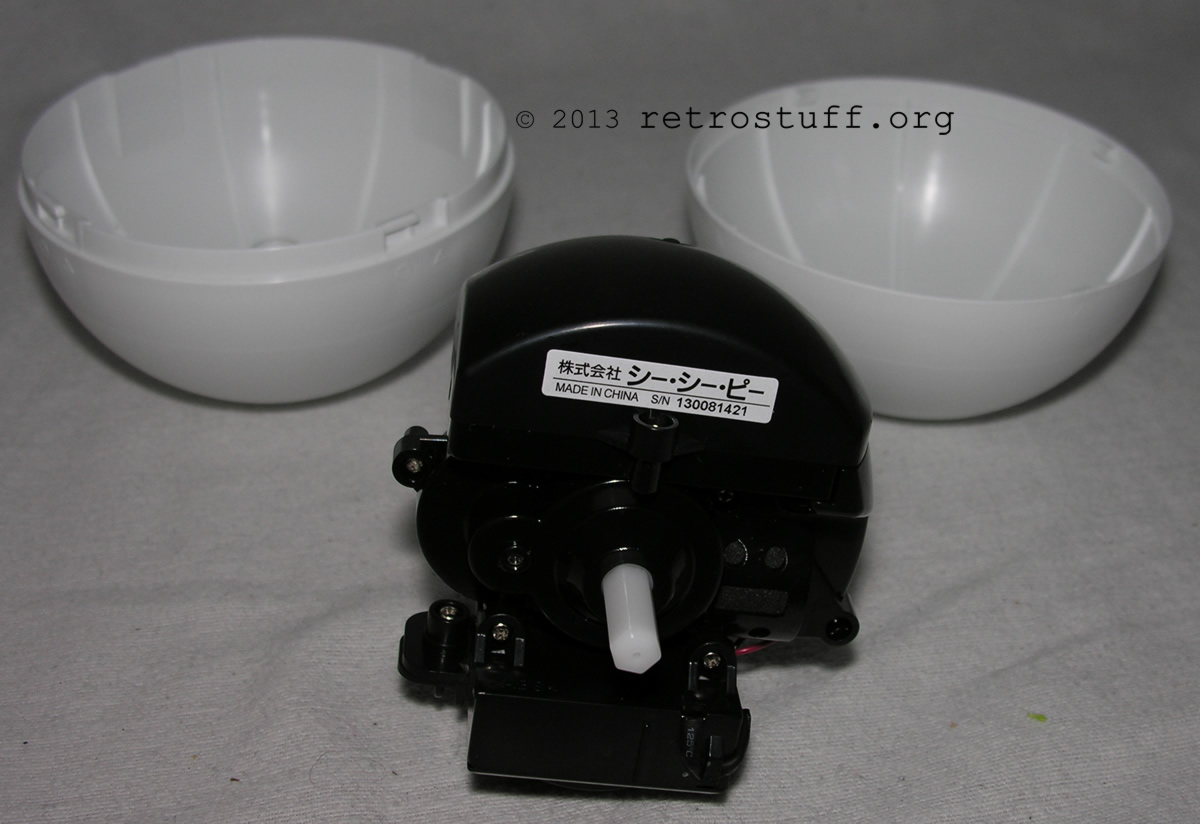
Mocoro uses three AA batteries. The cover of the battery compartment hast a weight attached to it. On the opposite side is a cover to protect Mocoro’s brain and a switch that turns it off instantly.
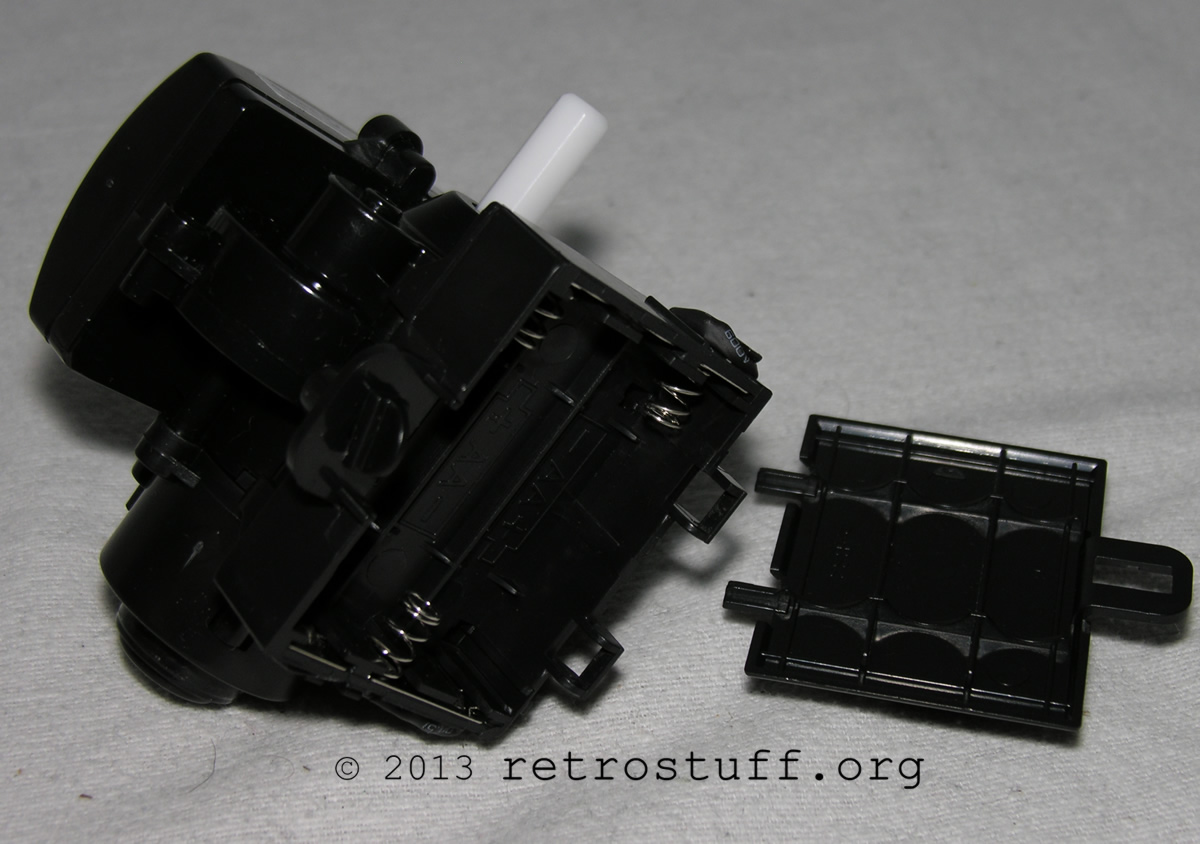
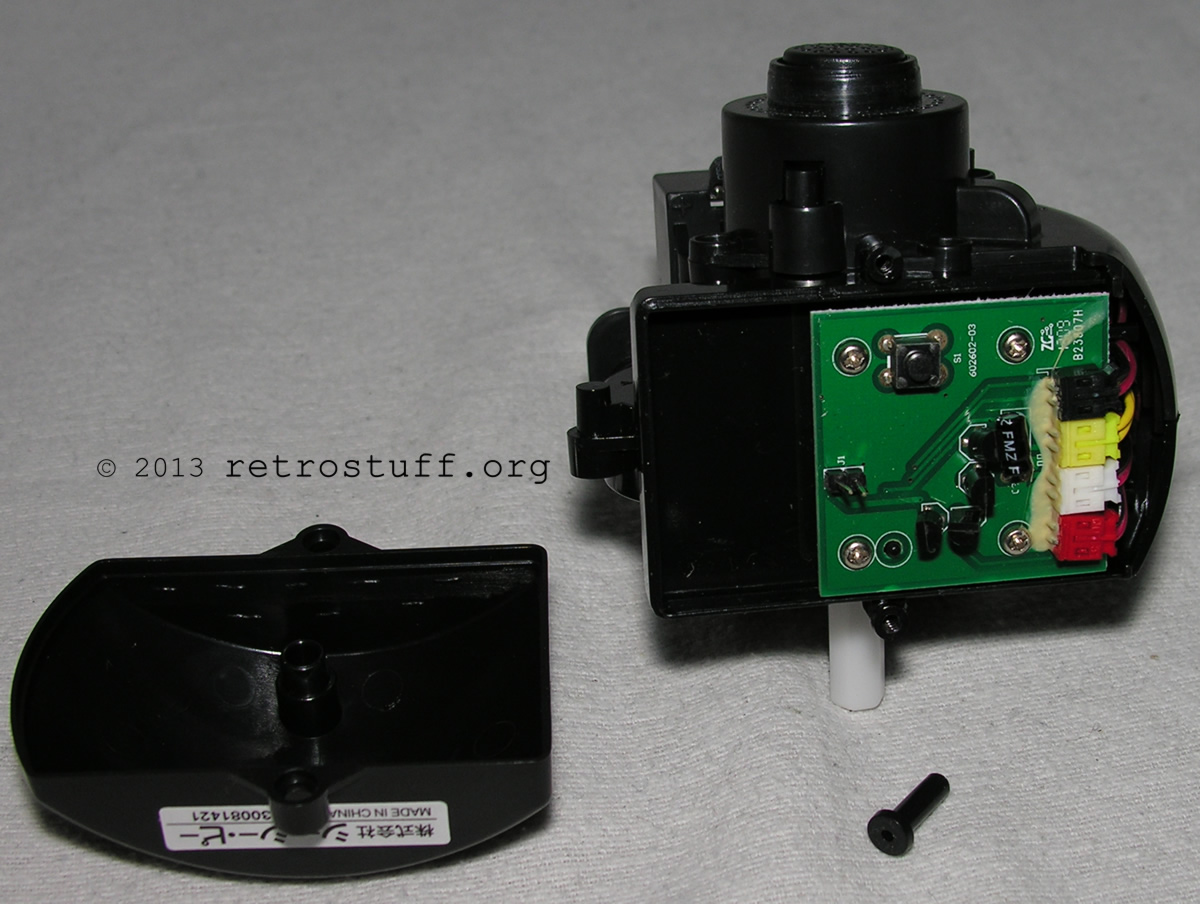
On the PCB, we see some transistors, a capacitor, a jumper, a switch and four connectors: Motor (red), batteries (white), on/off/sound switch (yellow) and speaker (black). On the back side, there is an IC blob, some SMD components and bad soldering.
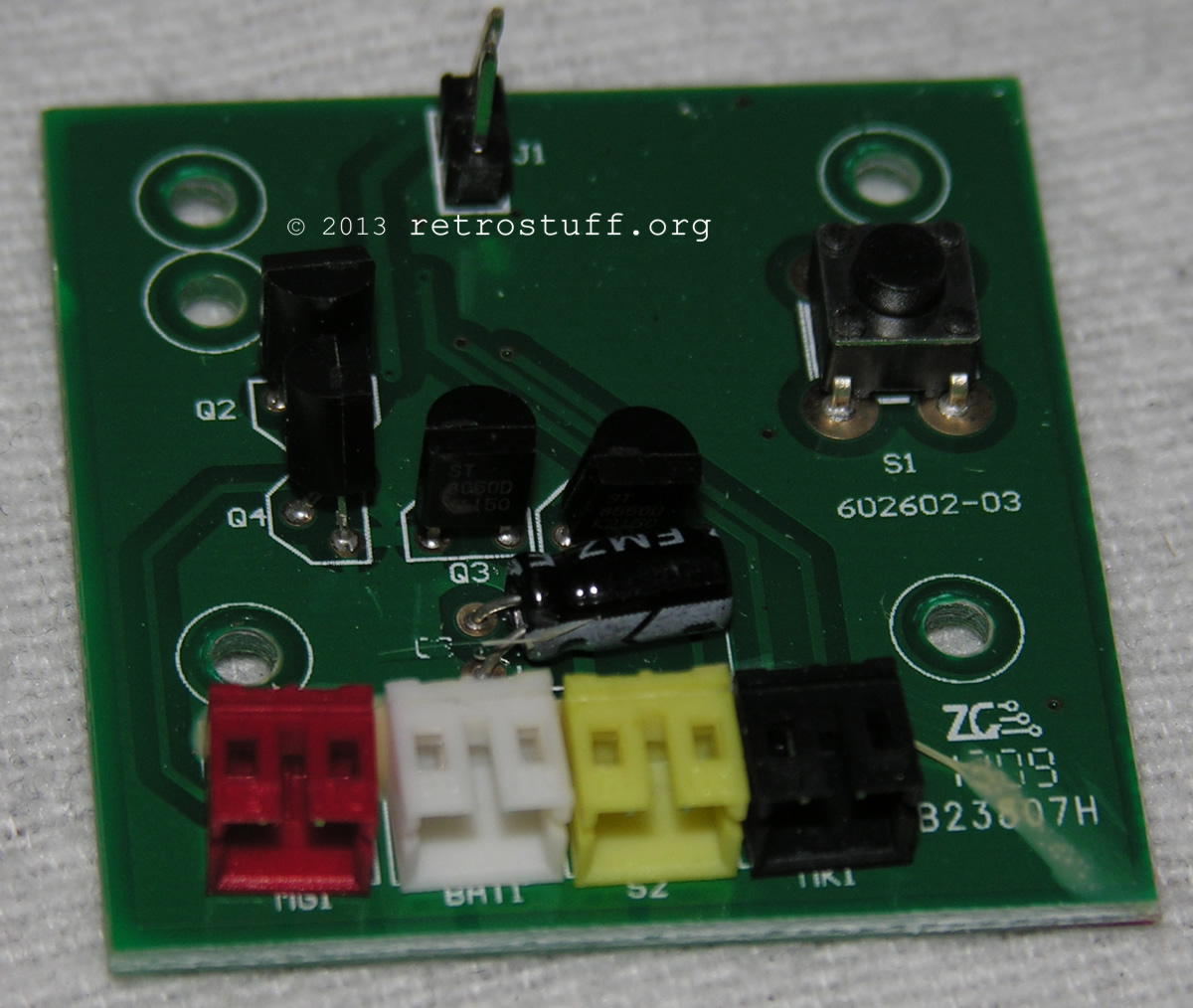
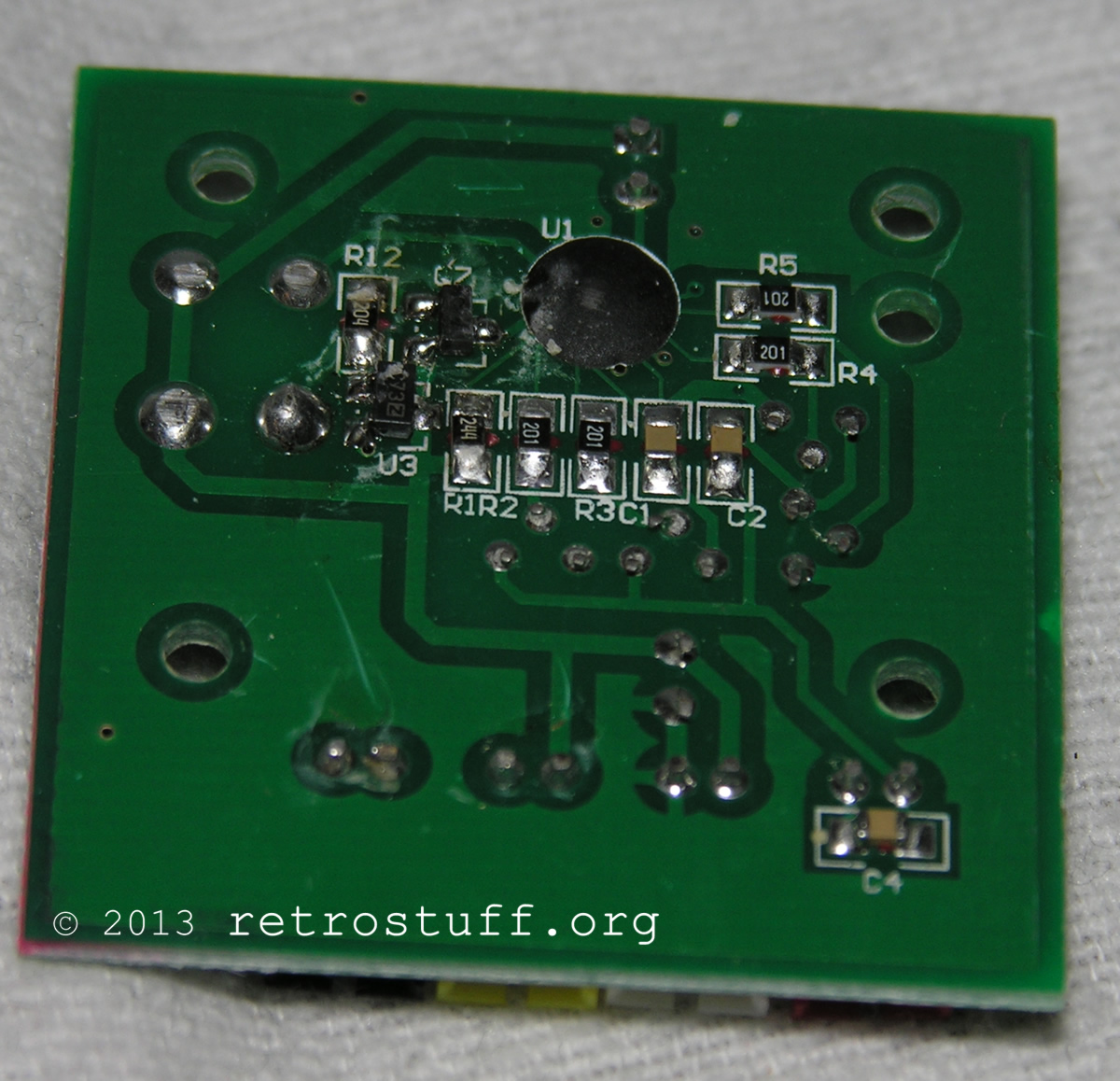
Further dissection:
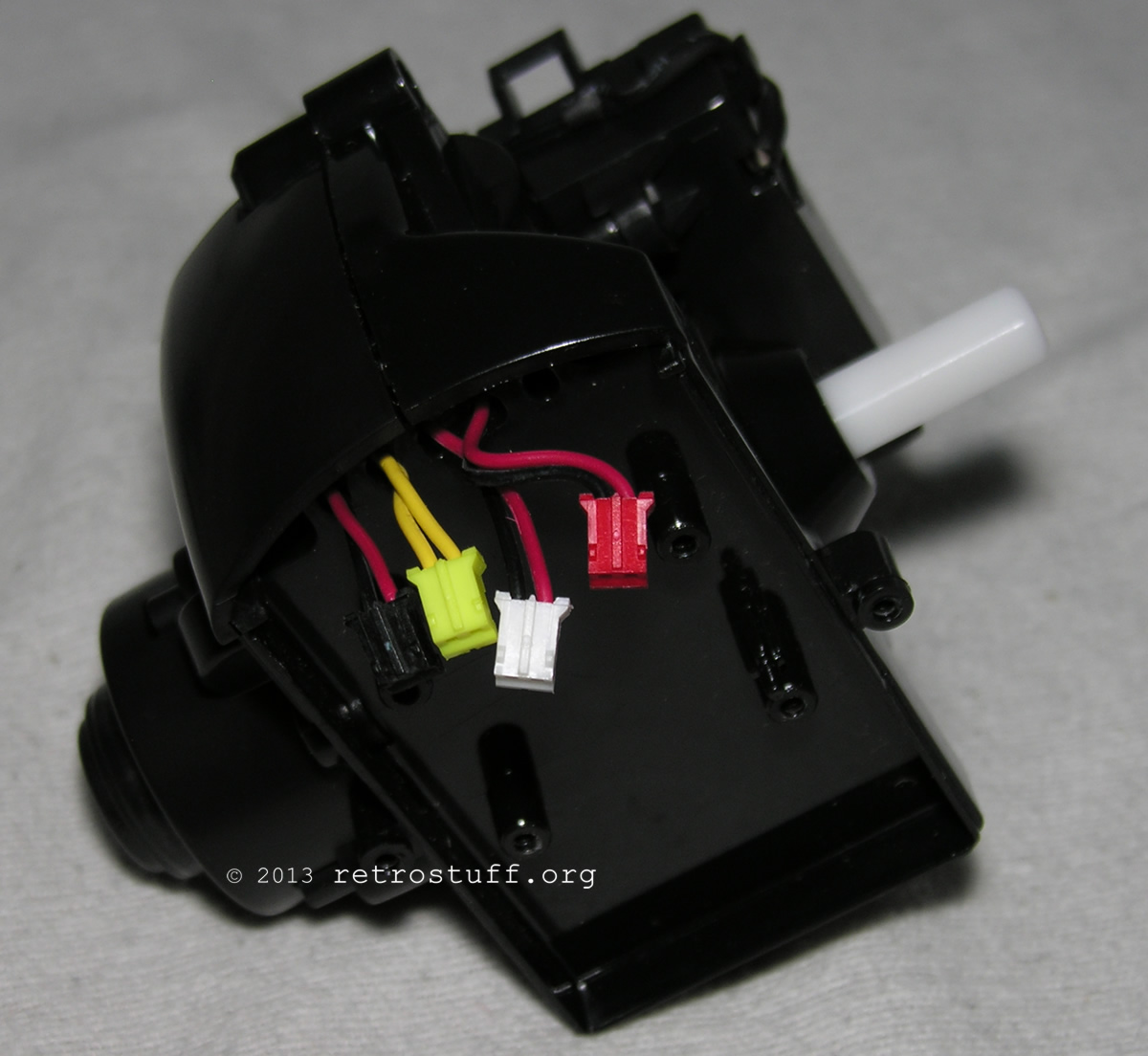
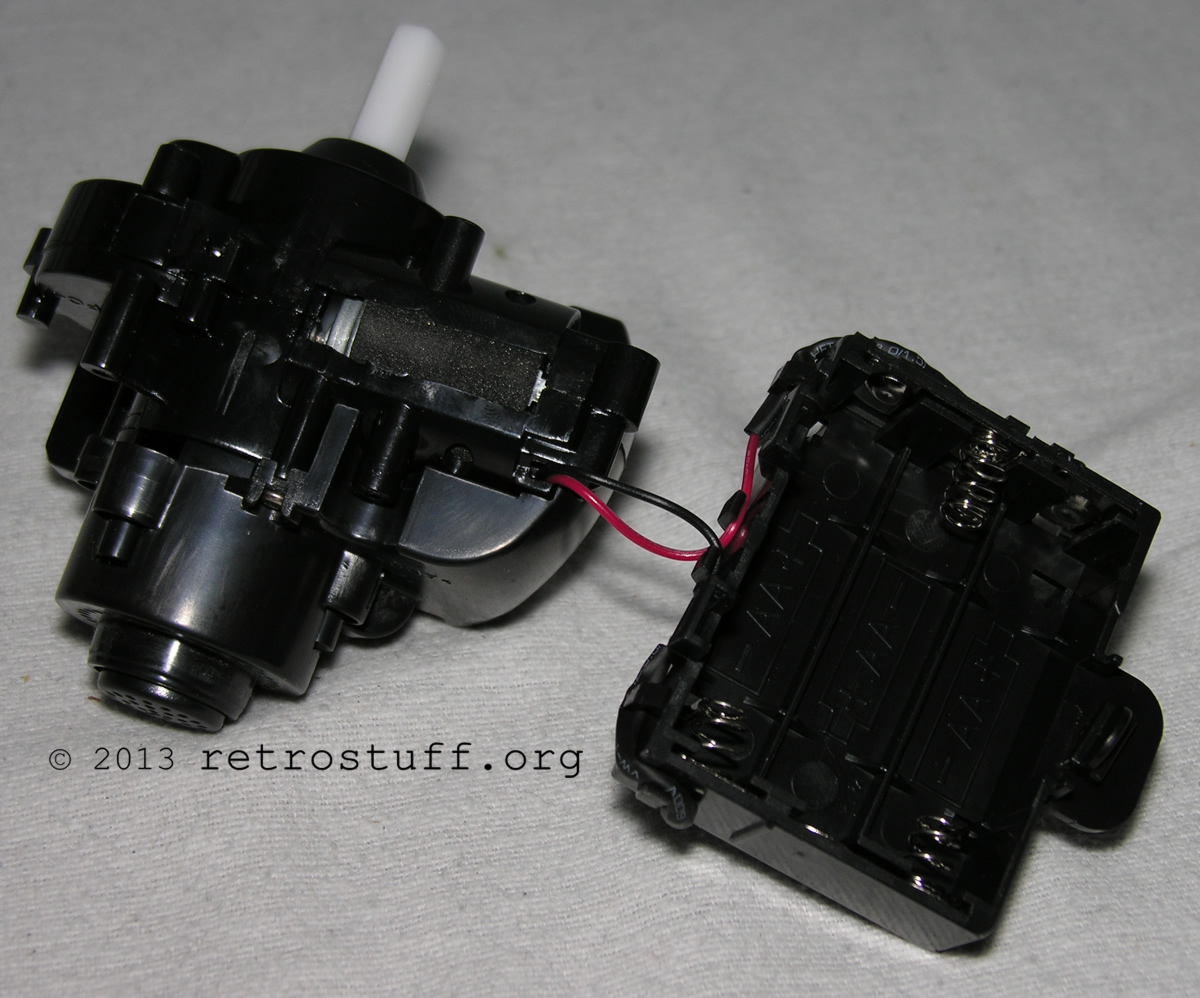
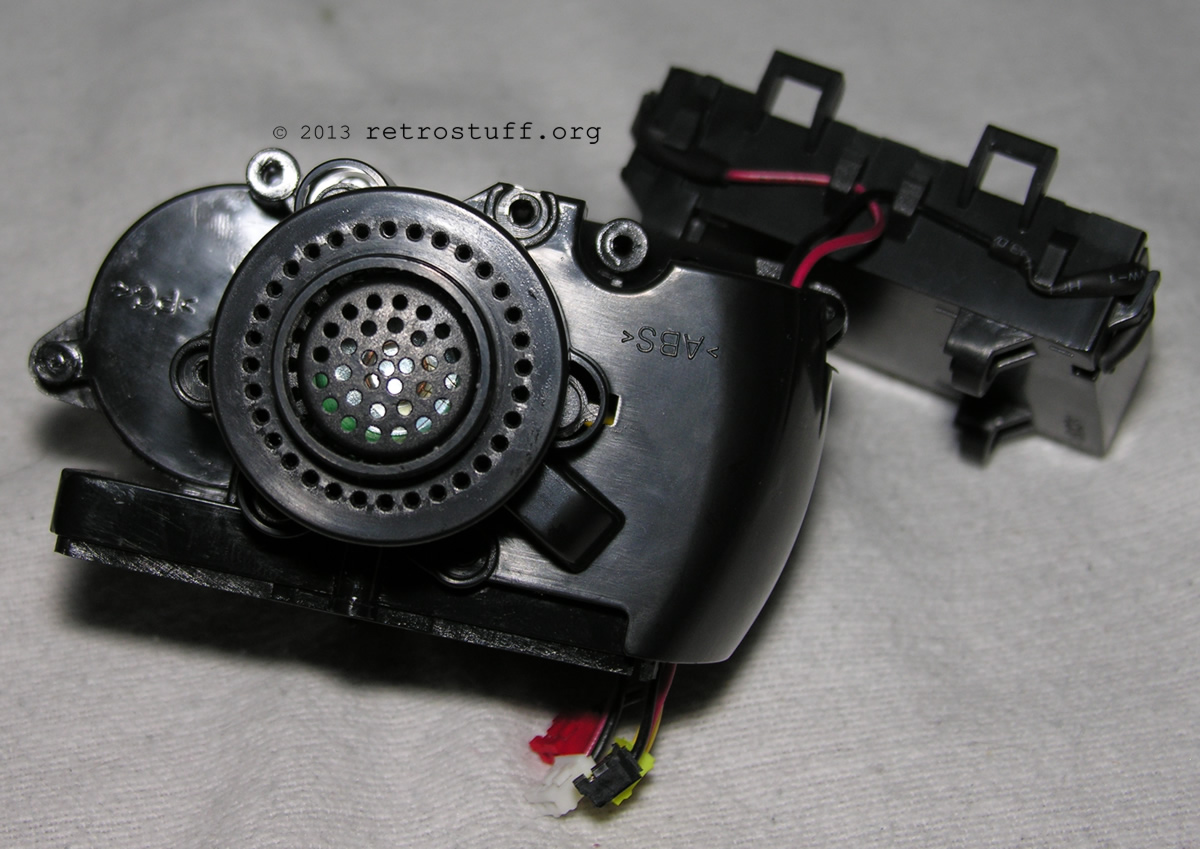
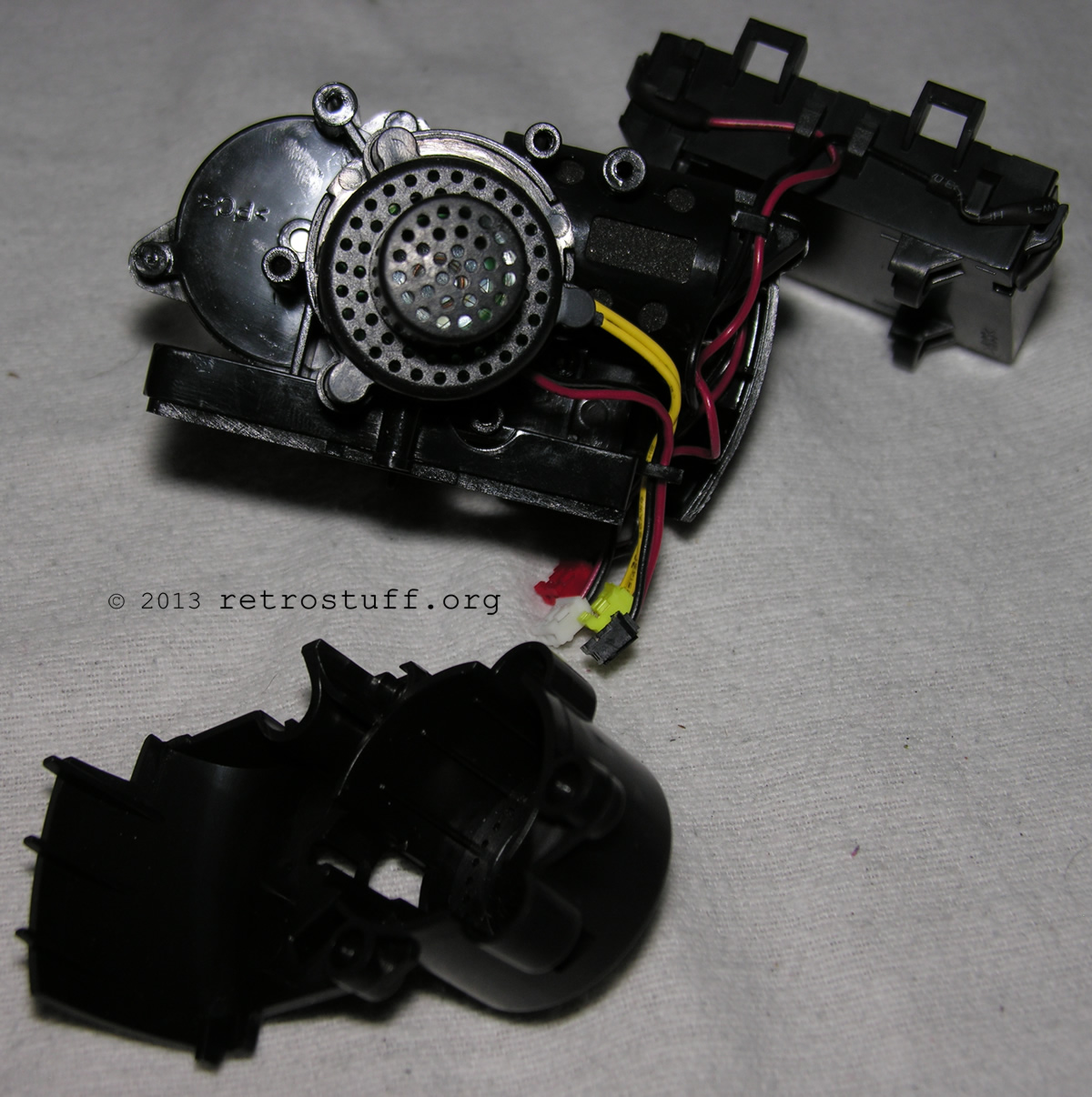
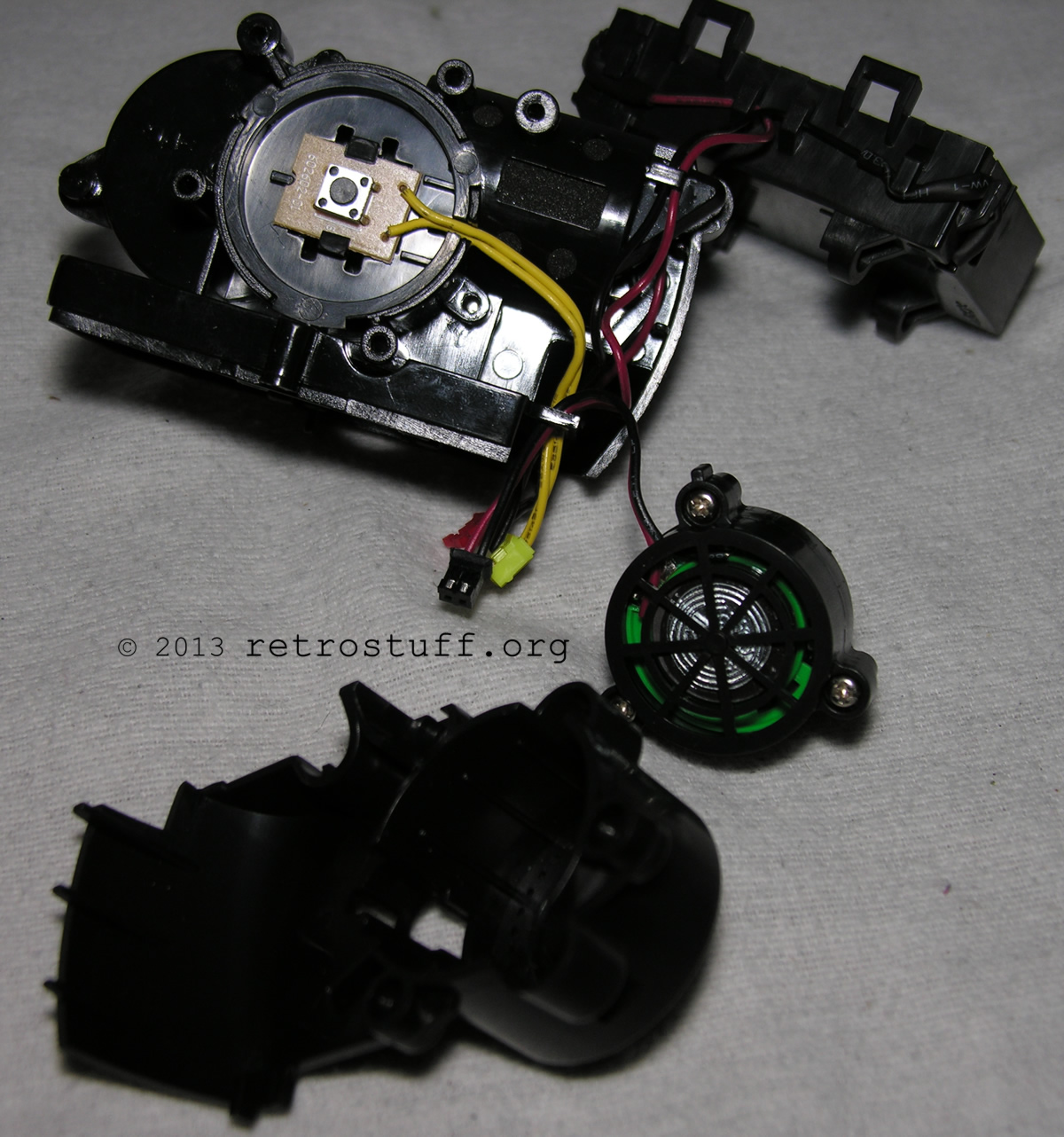
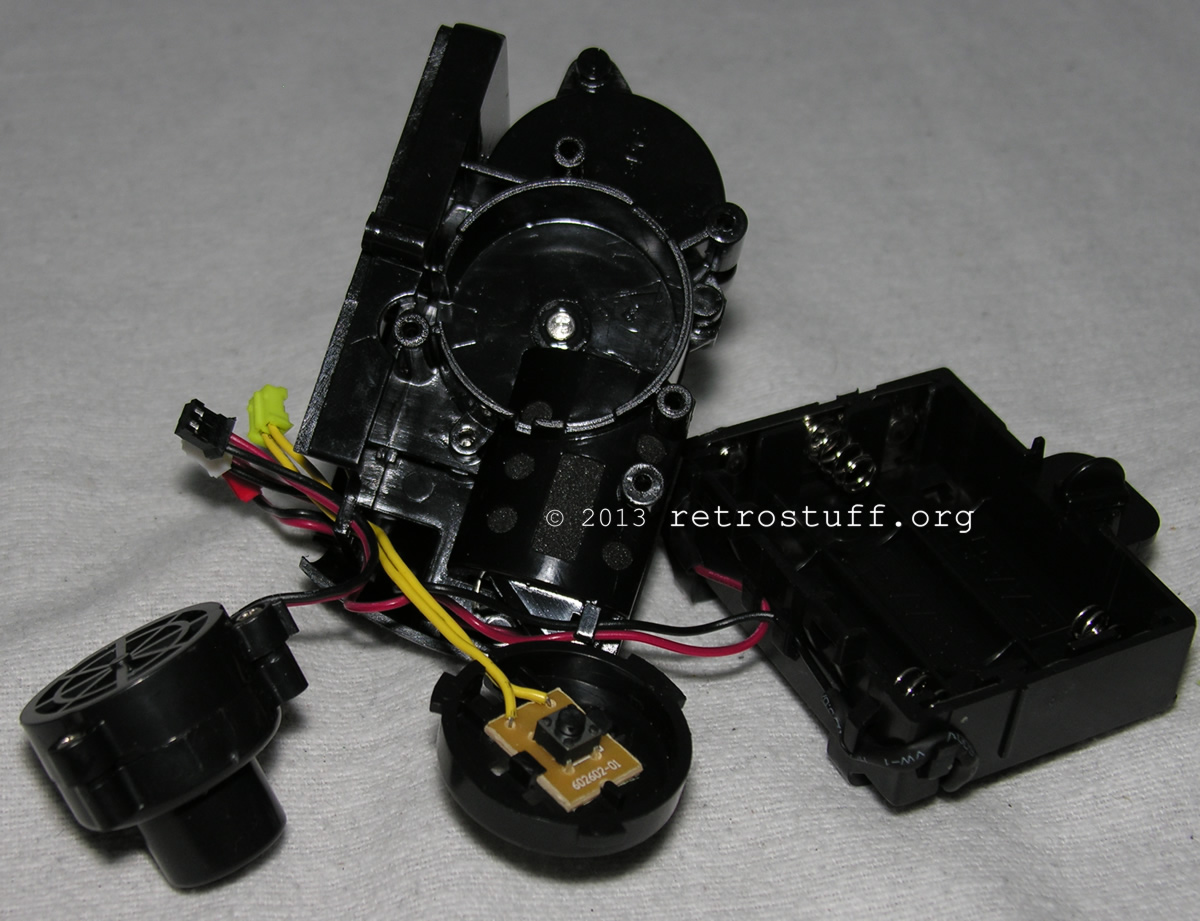
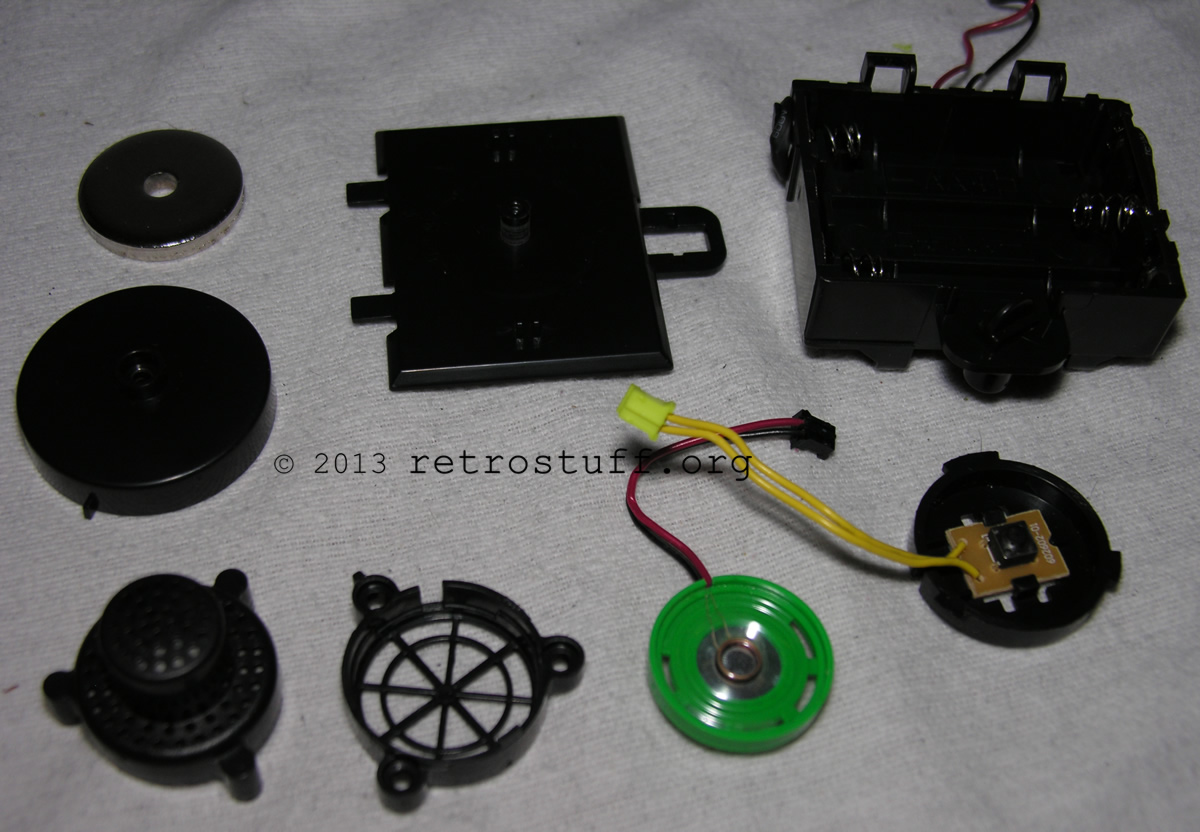
And this is it, the motor and gears that makes Mocoro move. No sensors, no magic – just a simple motor that turns in one direction for about four seconds, stops, and turns back for about four seconds.
